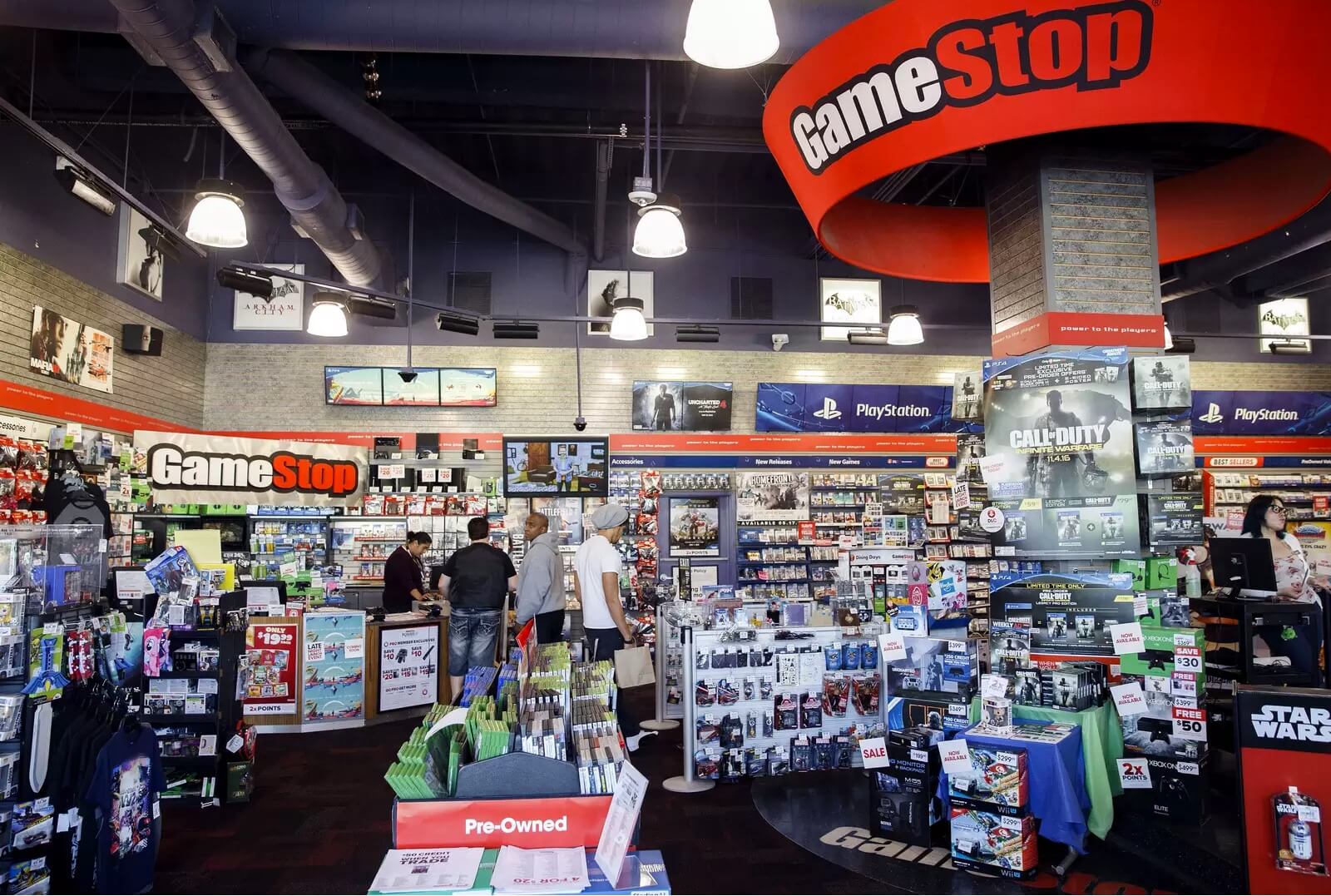The big picture: With the PlayStation 5 and Xbox Scarlet machines likely to arrive next year, gamers are understandably choosing to hold off from buying current-gen consoles. The decline in hardware sales is bad news for GameStop, which has seen its revenue and profits fall drastically compared to a year earlier.
It was back in May 2018 when PlayStation boss John Kodera said the PS4 was entering its end of life cycle, and the Xbox One line looks to be in the same position. With the promise of 8K resolution support, SSDs, ray tracing, etc. it's easy to see why many are waiting for the next-gen machines to arrive, rather than buying one of the current Microsoft/Sony consoles.
In GameStop's first-quarter fiscal 2019 results, the company reports a 35 percent decrease in hardware sales. The Nintendo Switch did see an uptick, but this was offset by the fall in the number of PS4 and Xbox One consoles that were shifted.
For the quarter ending May 4, GameStop's revenue was down 13.3% to $1.5 billion. Net income, meanwhile, went from $28.2 million in the same quarter last year to just $6.8 million. The company's shares fell 30 percent in pre-market trading on the back of the report.
It's not just hardware sales that are heading in the wrong direction. New software sales were down 4.3 percent to $446.4 million, something GameStop blames on weaker new titles, though the increasing number of people moving to digital downloads would also have been a factor. Pre-owned hardware and software sales were also down, 20.3 percent to $395.3 million.
With its full-year 2019 sales expected to fall between 5 and 10 percent, GameStop is implemented cost-cutting measures, which includes the elimination of its quarterly dividend, saving around $157 million per year. It is also combining the online operations of its ThinkGeek collectibles business with the main GameStop website.
